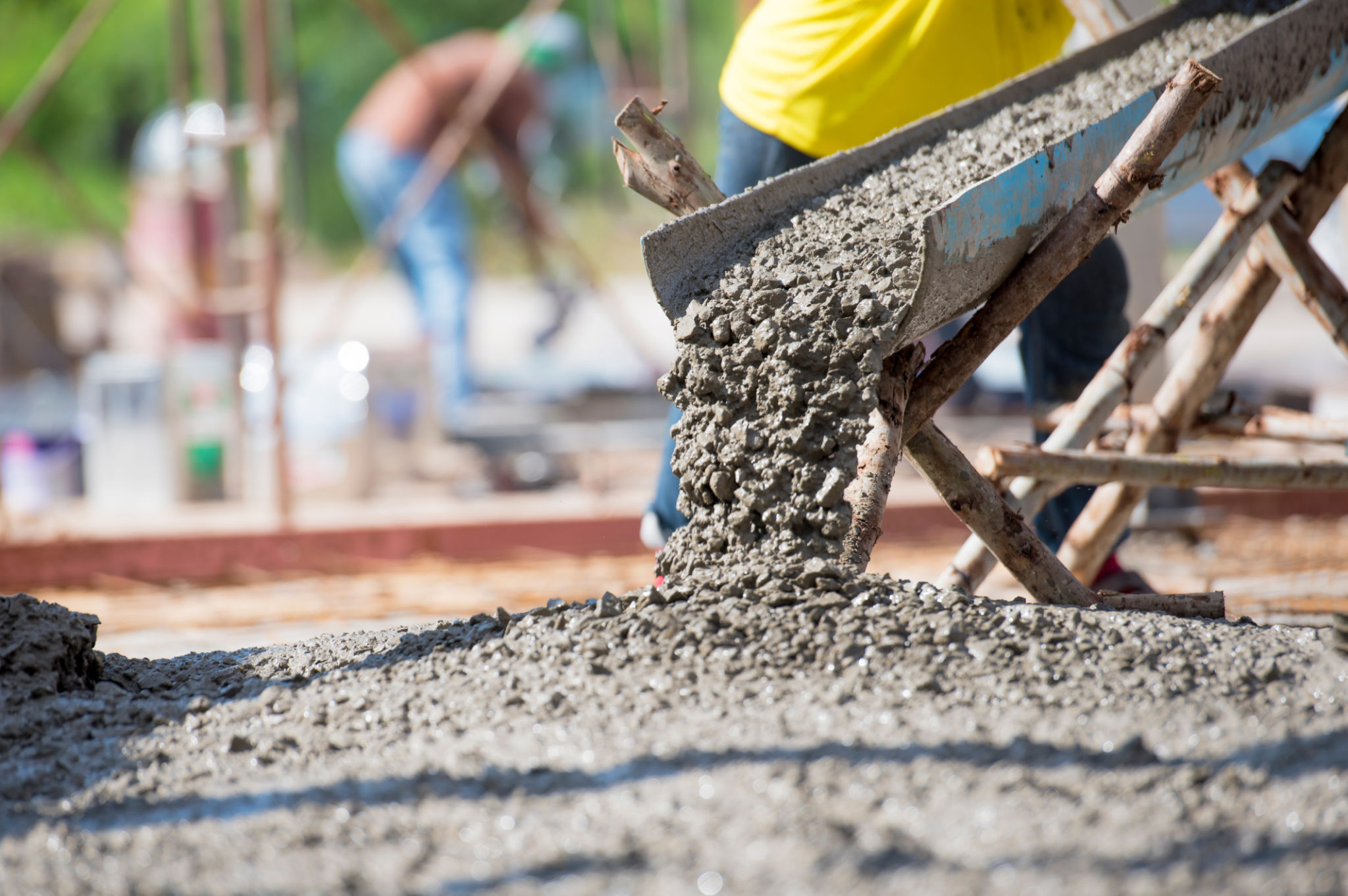Common Myths About Concrete Placing Debunked
Understanding Concrete Placing
Concrete is a versatile and widely used building material, yet many myths surround its placement and usage. These misconceptions can lead to improper techniques and less-than-optimal results. It's essential to debunk these myths to ensure concrete is used effectively and efficiently in construction projects.

Myth 1: Concrete Is Waterproof
A common misconception is that concrete is completely waterproof. While concrete is water-resistant and can withstand exposure to water, it is not entirely impervious to moisture. Over time, water can seep through the porous material, potentially causing damage if not properly treated. To enhance its waterproof properties, sealants or waterproof additives are often used during the mixing process.
Myth 2: Adding More Water Makes Concrete Easier to Work With
It might be tempting to add more water to concrete mix to make it easier to pour and shape. However, this practice can significantly weaken the structure of the concrete. The water-to-cement ratio is critical in achieving the desired strength and durability. Excess water can lead to cracking, reduced strength, and a shorter lifespan for the concrete.

Myth 3: Concrete Sets Faster in Hot Weather
Another widespread belief is that concrete sets more quickly in warmer temperatures. While heat can accelerate the curing process, it can also cause several issues if not managed correctly. Rapid drying can lead to cracking and diminished strength. It's crucial to control the environment by using techniques such as misting or covering the concrete to maintain appropriate moisture levels during curing.
Myth 4: Any Mix Can Be Used for Different Projects
Not all concrete mixes are created equal. The composition of a concrete mix should be tailored to the specific needs of a project. Factors such as load-bearing requirements, exposure conditions, and desired durability influence the ideal mix design. Using a generic mix for all projects can result in suboptimal performance and potential structural failures.

Myth 5: Concrete Doesn't Require Maintenance
Contrary to popular belief, concrete does require maintenance to ensure its longevity and performance. Over time, exposure to environmental elements can lead to wear and damage. Regular inspections, cleaning, and sealing are necessary to maintain the integrity of concrete surfaces and prevent costly repairs.
The Importance of Debunking Myths
Understanding and debunking these common myths about concrete placing is vital for both professional builders and DIY enthusiasts. By recognizing the truths behind these misconceptions, you can ensure your projects are built on a solid foundation, literally and figuratively.
In summary, while concrete is a robust and reliable material, proper knowledge and technique are crucial in maximizing its potential. Avoiding these myths will lead to better outcomes in any construction endeavor.